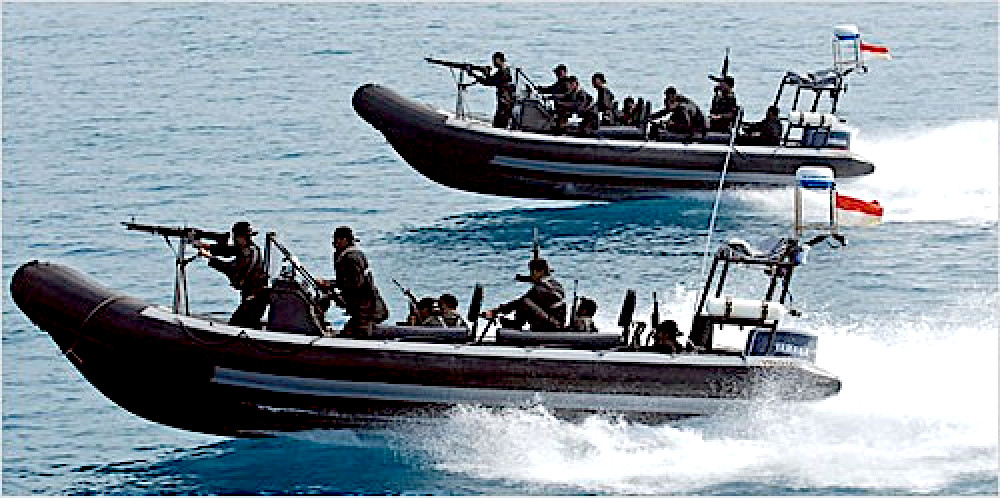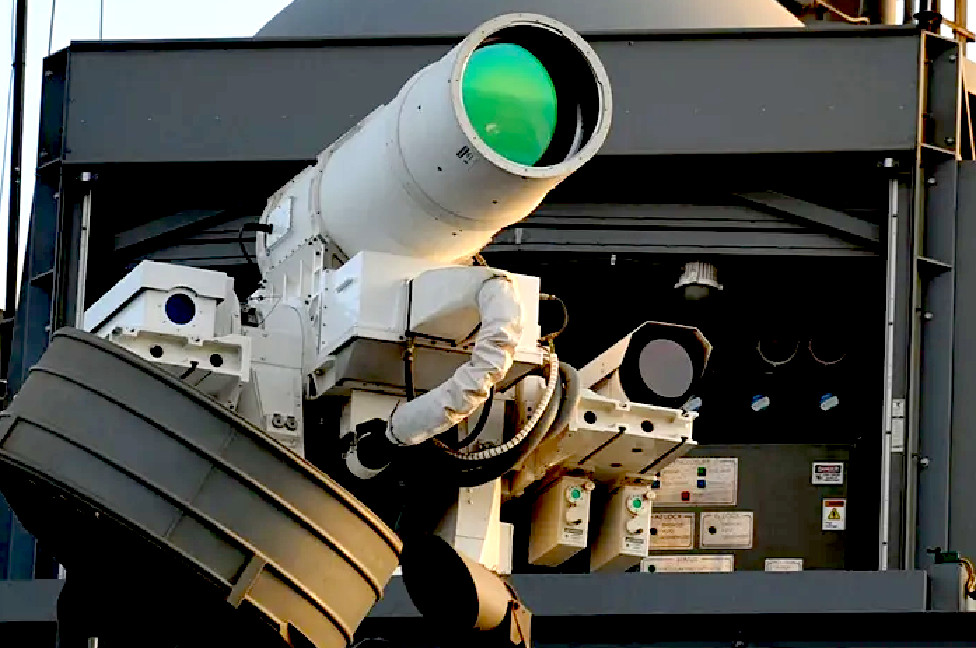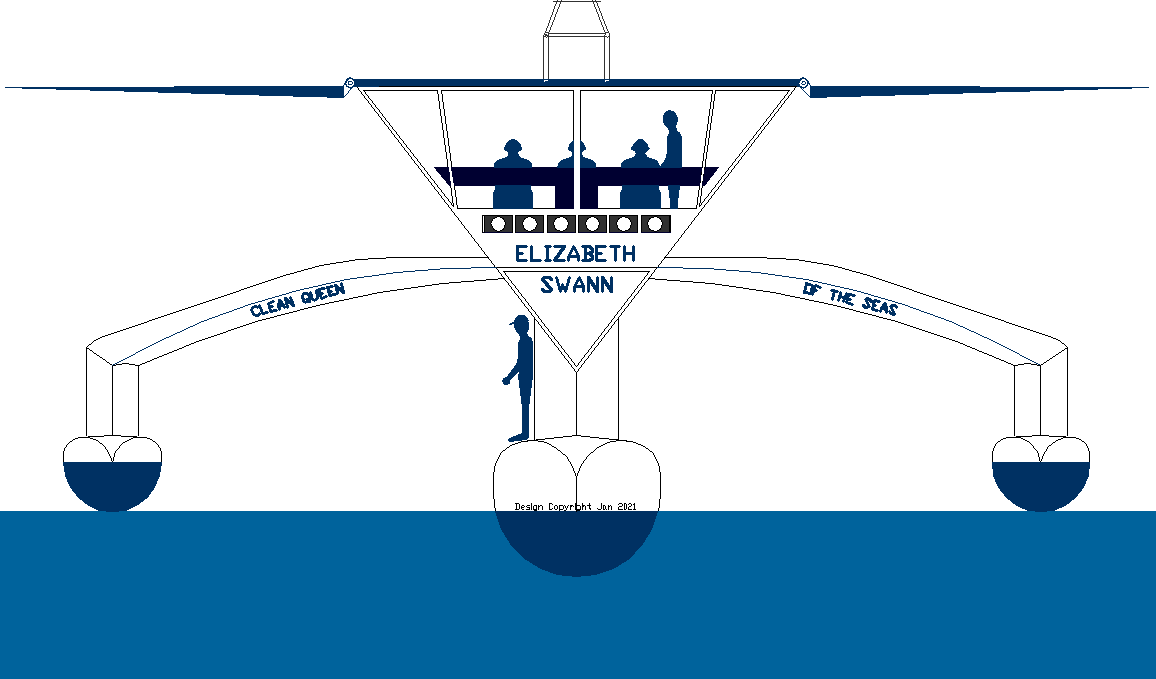|
ANTI-PIRACY - A TO Z OF WEAPONS & ALARMS
|
|
|
The Golden Age of Piracy revolved around sailing ships with black flags bearing the skull & crossbones, muskets, pistols, cutlasses and canons. 17th-century swashbuckling buccaneers, swordplay, plank-walking, and treasure. A stunning sight by all accounts. Terrifying to those being attacked, and a scourge to seafaring nations reliant on trade.
Famous pirates like Henry Morgan and Blackbeard were also privateers working for English kings and queens. They routinely captured whole ships as prizes, boarding them wholesale, and stealing all their cargoes. Other nations had their own arrangements, seeking to profit from trade at sea. But, that was yesteryear.
Contemporary pirates are active in a number of areas, particularly the Indian Ocean, the Red Sea, off the coast of Somalia, and the Strait of Malacca. They are often armed with AK-47s and RPGs and typically use high-speed skiffs to capture large merchant ships, yachts, and other vessels, often taking hostages and demanding ransom. The problem of modern piracy is a serious one, with millions of dollars of goods being stolen as well as numerous murders and abductions every year.
Desperate Africans and Asians, take to the sea every year, with the intention of boarding a larger vessel, capturing the ship or yacht, and kidnapping the crew. They can earn big money from capturing oil tankers, or other cargo, so temptation is high. Imagine if they captured a warship. Indeed, that is the plot of one of the John Storm adventures. But, we don't want Hollywood bootlegging that notion. Our lips are sealed for now.
Piracy is not bound to any particular
region, social and political factors do though make piracy flourish in certain parts of the world. Poor coastal areas with few economic opportunities, low literacy rates, weak governments, and
law enforcement, as well as easy access to weapons and proximity to busy shipping lanes give rise to more pirate activity than other areas. A prime example of such an area is Somalia, which was considered a piracy hotspot between the 1990s and 2010s. It was only after a concerted international effort led by the
UN to combat Somali piracy that the number of piracy attacks off of the Somali coast dropped dramatically in the late 2010s.
What then to do? Load a ship with firearms, machine pistols, shotguns, revolvers. Not for us.
With a healthy electrical supply, and modern technology, it is possible to booby trap a vessel for the unwary. And, before that, disarm pirates, or even sink a pirate boat, if they persist on a course that can only mean they intend boarding.
Generally, pirates would not be familiar with lasers or tasers, to the less well informed - being in the realm of science fiction - and presently unheard of on shipping. The specification for the Swann being unique, a booby trapped vessel, with the capability of tracking and sinking small ships, and blinding, or rendering human invaders unconscious. We hasten to add, as a last resort against aggressors.
Either way, pirates faced with these obstacles, are likely to desist. Or face total ruin and capture.
LARGE
MILITARY USP LASER - The US Army were developing a similar system through 2021 into 2022, though much larger. Fired at a drone or missile, the EMP blast destroys the guidance and other control systems of the target, typically rendering the enemy weapons useless.
▲ Merlin - Wizard AI alarm, detection, recording and tracking - management system
▲ Excalibur - Ultra Short Pulsed Laser (USPL) 500-1000 kilowatts
▲ Pendragon - Integrated onboard Taser shock immobilization system
▲ Lancelot - Green laser temporary blindness, optical deterrent
▲ Galahad - Vessel immobilizer and distress beacon
Should pirates still manage to scramble onboard, then 'Pendragon' will electroshock the unwelcome guests, with increasing intensity, to overcome physical force, finally rendering the boarders unconscious. When they will be zip tied. Ready to be officially arrested and detained. They could of course be thrown overboard, back into the sea. But care should be taken, not to extinguish life from hypothermia or drowning, from prolonged immersion and exhaustion. The crew of the Elizabeth Swann are after all life protectors, and human rights observers. Every life is precious, and there is the capacity for good in everyone.
Meanwhile, SOS messages will be sent, requesting assistance from naval authorities.
|
|
|
ZEWT ALORS - The hydrogen and solar assisted 'Elizabeth Swann' is to feature solar collectors and fuel tanks for ammonia and methanol.
|
|
|
PIRATE FREE SHIP - In the quest for safe transits and reduced insurance cover, we are building in an array of self defence weapons and alarms, that we hope will make the crew of this advanced hydrogen powered trimaran, feel happy to navigate waters that other sailors fear to travel.
Some of the most infamous modern pirate attacks are:
▲ Maersk Alabama Hijacking (Captain Phillips) - 2009
▲ Seabourn Spirit cruise liner (Somalia) - 2005
▲ Seamaster (Sir Peter Blake) - 2001
▲ Hye Mieko merchant ship & Chinese Coast Guard Cutter - 1995
▲ ...
▲ ...
▲ ...
▲ ...
▲ Erria Inge 1990
LINKS & REFERENCE
https://
|
|
|
Please use our A-Z to navigate this site or return HOME
This website is Copyright © 2023 Jameson Hunter Ltd
|



